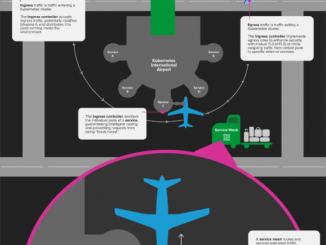
Protecting Your Apps From Layer 7 Dos Attacks with NGINX App Protect Denial of Service
Protecting Your Apps From Layer 7 Dos Attacks with NGINX App Protect Denial of Service User experience is everything. There’s no reason to have apps and websites if consumer and customers don’t use them. So it’s important to ensure a positive and consistent user experience, especially when users are becoming less tolerant of latency, downtime, and errors. When users have a negative experience with your app or website, you might lose them as customers for life. In a Salesforce survey, 61% of consumers reported that after a single bad experience they switched to a competitor. Repeat the bad experience, and desertion is inevitable. Brand loyalty only counts for so much when there are so many choices online. One of the primary causes of consumer dissatisfaction is downtime, and denial of service (DoS) attacks are a major culprit for sustained downtime. Due [ more… ]

